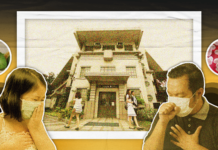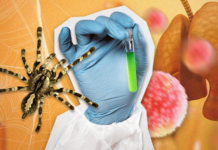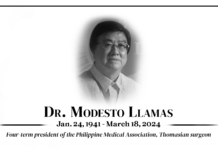DESPITE an apparent spike in cases of Covid-19 earlier this June, there is no surge in community transmission of the disease, UST researchers said.
Fr. Nicanor Austriaco O.P. and Assoc. Prof. Bernhard Egwolf reported that the “positivity rate,” or the proportion of positive Covid-19 tests to the total, has remained low, while the level of hospitalizations has decreased.
The positivity rate for Metro Manila fell from a high of 30 percent at the beginning of April to about 5 percent in early June, while the numbers of total beds and ICU beds available for Covid-19 patients have gradually decreased over the past months.
“We believe that this indicates that community spread remains low in Metro Manila despite the apparent spike in cases reported at the beginning of June,” the researchers said.
Using the UST CoV-2 model, they predicted 16,547 cases in Metro Manila by June 30, 2020, with 2,756 deaths.
On Wednesday, June 17, the Department of Health reported 27,238 confirmed coronavirus cases in the Philippines, 1,108 deaths and 6,820 recoveries.
Austriaco and Egwolf again recommended boosting Covid-19 testing capacity to 15,000 tests per day and hiring 1,800 contract tracers in Metro Manila to control the outbreak.
“We do not believe that these recommended numbers need to be revised since they are based on deaths per day, and the number of Covid-19 deaths per day have been gradually decreasing for the past several weeks in Metro Manila,” they said.
They also encouraged local authorities to continue imposing lockdowns on target areas with elevated numbers of positive Covid-19 cases.
“This strategy of focused lockdowns should be coupled with extensive testing and tracking of contacts within these ‘high-risk’ red zones to break chains of viral transmission,” they said.
The UST CoV-2 model is based on the DELPHI model of the Massachusetts Institute of Technology, an analytics tool used to create epidemiological models to forecast infections, hospitalizations and deaths.
Austriaco and Egwolf first published the model in May, and urged public health officials to boost contact tracing to contain the Covid-19 outbreak in two major hotspots: Manila and Quezon City.













